
Understanding Hoist Lifts: Revolutionizing Heavy Lifting in Industrial Applications
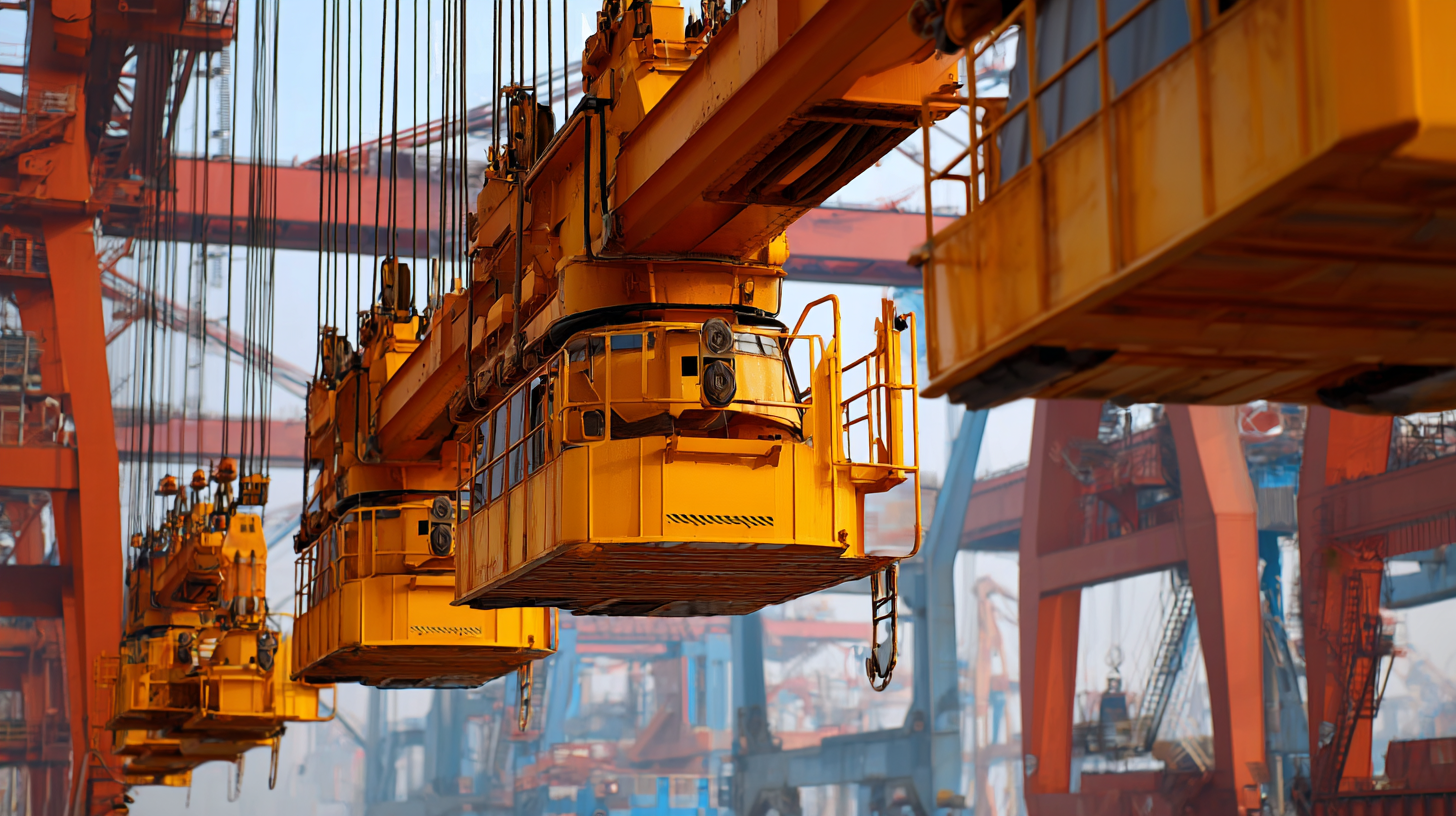 In the realm of industrial applications, hoist lifts have emerged as pivotal tools in transforming heavy lifting processes. According to a report by Grand View Research, the global hoist market size was valued at approximately $3.7 billion in 2020, with projections indicating a robust growth rate of around 5.6% from 2021 to 2028. As industries continue to prioritize efficiency and safety, hoist lifts stand out for their ability to streamline operations while minimizing manual labor risks. With advancements in technology, such as the integration of electric and hydraulic systems, these devices not only enhance lifting capabilities but also improve operational precision. Understanding hoist lifts and their applications is crucial for businesses seeking to optimize productivity and ensure worker safety in demanding environments.
In the realm of industrial applications, hoist lifts have emerged as pivotal tools in transforming heavy lifting processes. According to a report by Grand View Research, the global hoist market size was valued at approximately $3.7 billion in 2020, with projections indicating a robust growth rate of around 5.6% from 2021 to 2028. As industries continue to prioritize efficiency and safety, hoist lifts stand out for their ability to streamline operations while minimizing manual labor risks. With advancements in technology, such as the integration of electric and hydraulic systems, these devices not only enhance lifting capabilities but also improve operational precision. Understanding hoist lifts and their applications is crucial for businesses seeking to optimize productivity and ensure worker safety in demanding environments.
Types of Hoist Lifts: An Overview of Mechanisms and Applications
Hoist lifts are essential tools in various industrial applications, providing efficient solutions for lifting heavy loads. There are several types of hoist lifts, each designed to cater to specific operational needs and mechanisms. The most common types include electric hoists, manual hoists, and air hoists. Electric hoists are powered by electricity and can lift substantial weights with minimal effort, making them ideal for factories and warehouses. Manual hoists, on the other hand, rely on human power for lifting and are often used in smaller operations or areas where electricity is not accessible.
Air hoists utilize compressed air to operate, offering a lightweight solution with high lifting capabilities while being suitable for environments where electrical sparks could be hazardous. In addition to these, chain hoists and wire rope hoists are also popular, each featuring unique mechanisms that influence their load capacity and lifting speed. The choice of hoist lift often depends on the specific requirements of the job, including weight, frequency of use, and environmental conditions, highlighting the versatility of these innovative lifting solutions in modern industrial settings.
The Impact of Advanced Hoist Lifts on Industrial Efficiency and Safety Metrics
Advanced hoist lifts have significantly transformed industrial operations, enhancing both efficiency and safety metrics. As industries increasingly rely on heavy lifting for various tasks, the implementation of state-of-the-art hoist lifts has streamlined operations by reducing the time required to move heavy materials. These lifts often come equipped with automation features and enhanced lifting capacities, allowing for smoother and quicker transporting of goods. Consequently, businesses can expect not only a boost in productivity but also a reduction in labor costs associated with manual lifting.
**Tip:** When considering the integration of hoist lifts in your operations, always assess the specific lifting requirements and choose a model that meets your load capacities and height needs.
Safety is another critical aspect influenced by advanced hoist lifts. With features like overload protection, remote controls, and automatic shut-off mechanisms, these devices minimize the risk of accidents and injuries in the workplace. By replacing manual lifts with technology-driven solutions, industries can create a safer work environment, which in turn can lead to lower insurance premiums and improved employee morale.
**Tip:** Regular maintenance and operator training are essential to fully leverage the safety features of your hoist lifts and ensure their longevity and reliability.
Impact of Advanced Hoist Lifts on Industrial Efficiency and Safety Metrics
Comparative Analysis of Electric vs. Manual Hoist Lifts in Industrial Environments
In the realm of industrial applications, hoist lifts play a critical role in streamlining heavy lifting operations. A comparative analysis between electric and manual hoist lifts reveals significant differences that can impact efficiency and safety on job sites. According to the International Journal of Advanced Manufacturing Technology, electric hoists can improve lifting speeds by up to 25% compared to their manual counterparts. This speed translates not only to increased productivity but also to reduced labor costs, an essential factor for industries looking to optimize their operations.
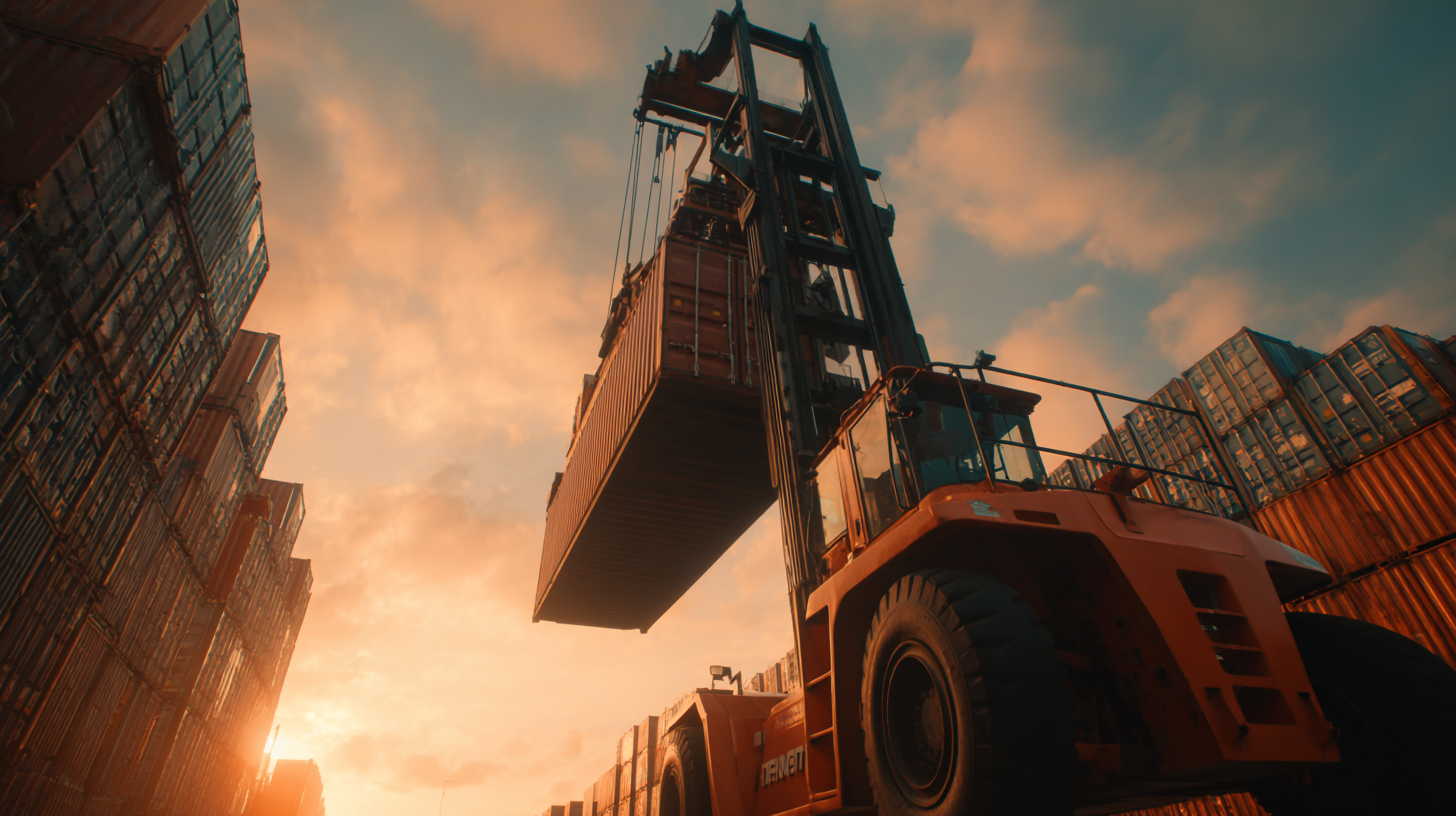
Moreover, safety remains a paramount concern in heavy lifting scenarios. The Occupational Safety and Health Administration (OSHA) reports that workplaces utilizing electric hoists have experienced a 30% reduction in workplace injuries related to lifting operations. This stark contrast highlights the importance of selecting the right lifting mechanism. While manual hoists may have lower initial costs and require less maintenance, their reliance on human effort can lead to fatigue and increased risk of accidents over time. As companies strive to meet productivity targets while ensuring employee welfare, the choice between electric and manual hoist lifts becomes crucial in shaping the future of industrial lifting practices.
Key Industry Statistics on Hoist Lift Usage and Adoption Trends in Manufacturing
Hoist lifts have become indispensable in the industrial sector, particularly in manufacturing environments where efficiency and safety are paramount. According to recent industry statistics, the global heavy lifting equipment market is projected to expand significantly, with a valuation surpassing USD 25 billion in 2024 and a projected CAGR of 5.8% through 2034. This growth is driven largely by advancements in lift technology and the rising demand for efficient material handling in production processes.
In manufacturing, the adoption of hoist lifts not only enhances productivity but also minimizes workplace injuries related to manual lifting. Companies are increasingly investing in innovative lifting solutions, which contribute to more streamlined operations. One key trend is the increased integration of automation with hoist lifting systems, which further optimizes workflow.
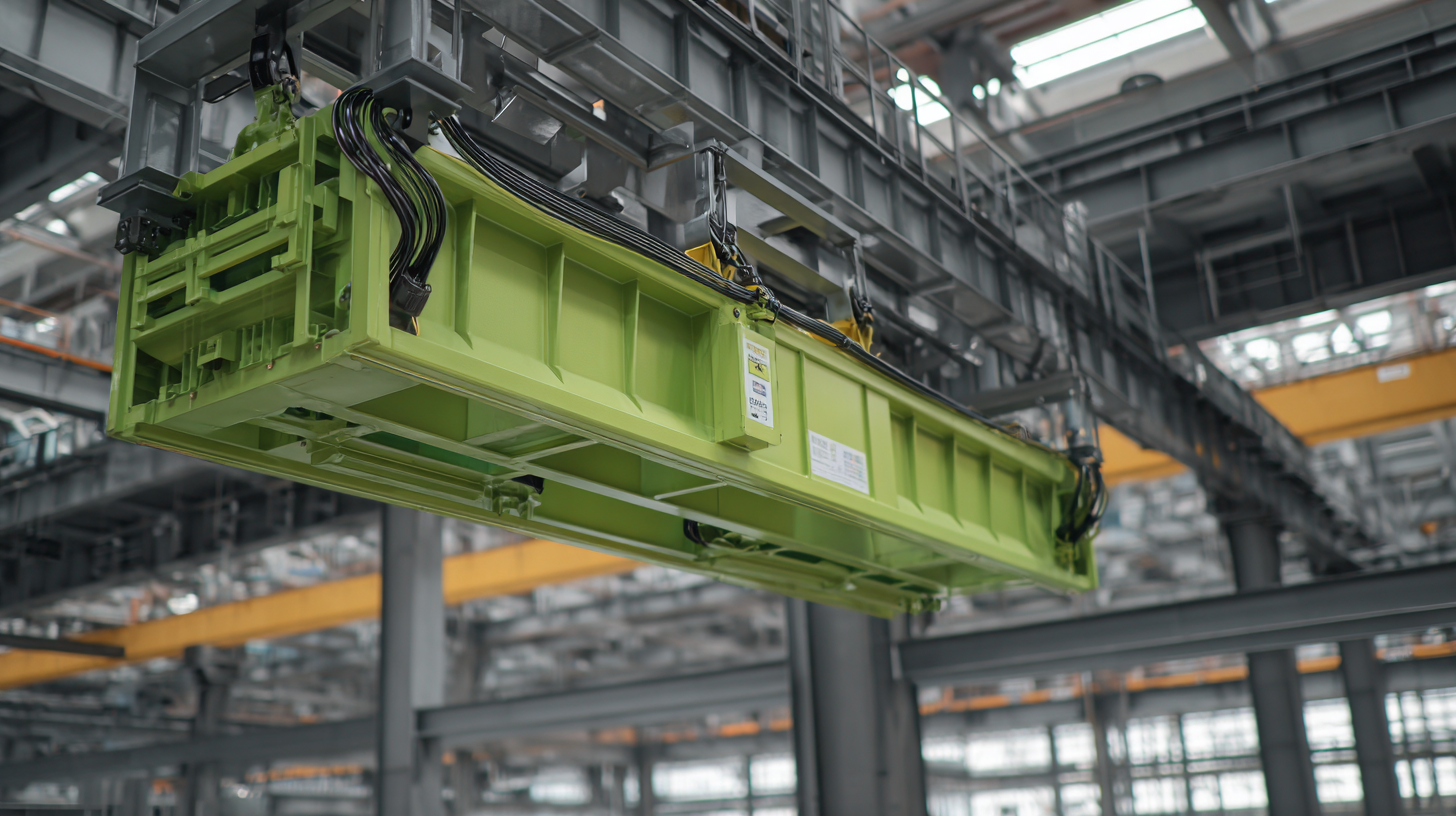
Tips for Effective Hoist Lift Usage:
- Ensure that all operators are thoroughly trained on the specific hoist lift equipment to maximize safety and efficiency.
- Regularly maintain and inspect hoist lifts to prevent mechanical failures and ensure optimal performance.
- Always adhere to the weight limits specified for each hoist lift to avoid accidents and extend equipment lifespan.
Future Innovations in Hoist Lift Technology: A Look at Emerging Trends and Data
The hoist lift industry is witnessing rapid advancements that are reshaping its future. Emerging trends in hoist lift technology emphasize automation and smart integration. According to a report by Research and Markets, the global hoist lift market is projected to grow at a CAGR of 5.6% from 2021 to 2026, driven by the increasing demand for efficient and safe lifting solutions in construction and manufacturing sectors. Innovations such as IoT-enabled hoist systems are enabling real-time monitoring and predictive maintenance, significantly reducing downtime and improving operational efficiency.
Furthermore, enhanced safety features are becoming a focus for manufacturers, with the implementation of load sensing and automatic braking systems. A study conducted by the Occupational Safety and Health Administration (OSHA) highlights that over 60% of workplace accidents involving hoist systems can be attributed to equipment failure or operator error. The introduction of smart hoist lifts equipped with advanced sensors and AI-driven analytics aims to mitigate these risks by providing operators with actionable insights, ensuring a safer work environment. As these technologies evolve, we can expect to see a transformative impact on heavy lifting operations across various industrial applications.
Related Posts
-
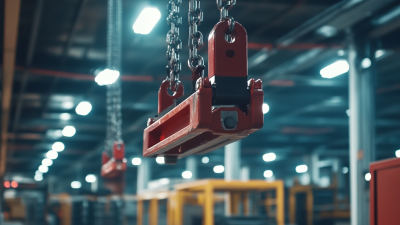
How to Maximize Safety and Efficiency with Lever Hoist in Industrial Applications
-
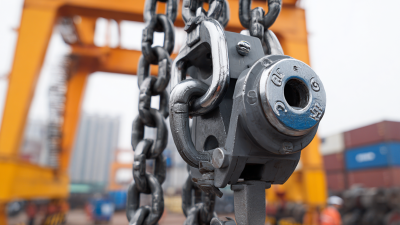
7 Essential Features of the Best Manual Hoist for Your Business
-

The Ultimate Guide to Choosing the Right Chain Come Along for Your Needs
-

12 Top Advantages of Using Crane Hoists in Modern Industries
-
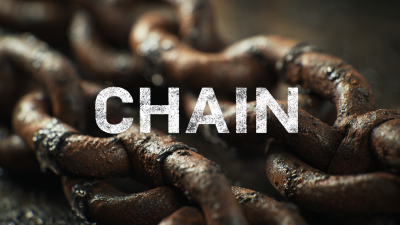
Understanding the Importance of Industry Production Standards in Best Chain Fall Manufacturing
-
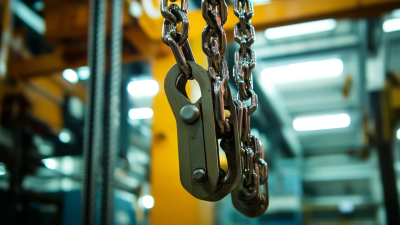
Maximize Efficiency with Lever Chain Hoists 7 Essential Maintenance Tips for Cost Savings
Copyright ©2024 Elephant Lifting Products | All rights reserved.
38381 N Robert Wilson Rd, Gonzales, LA 70737 USA
Toll Free: (888) 844-6113 | Phone: (225) 644-6113 | Fax: (225) 644-6695
Email: sale@floralift.org




